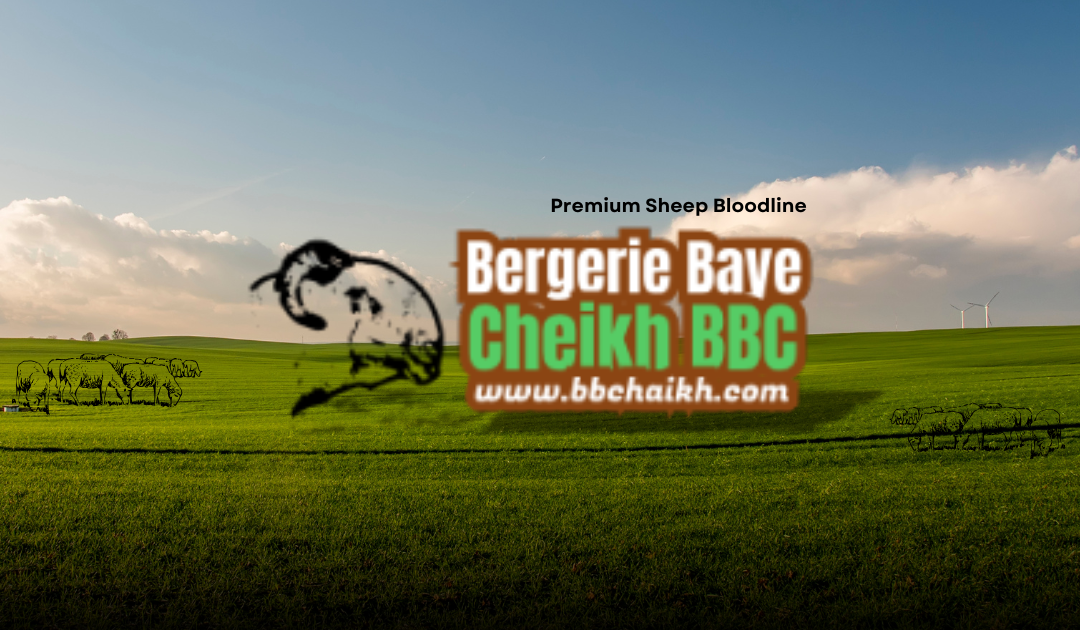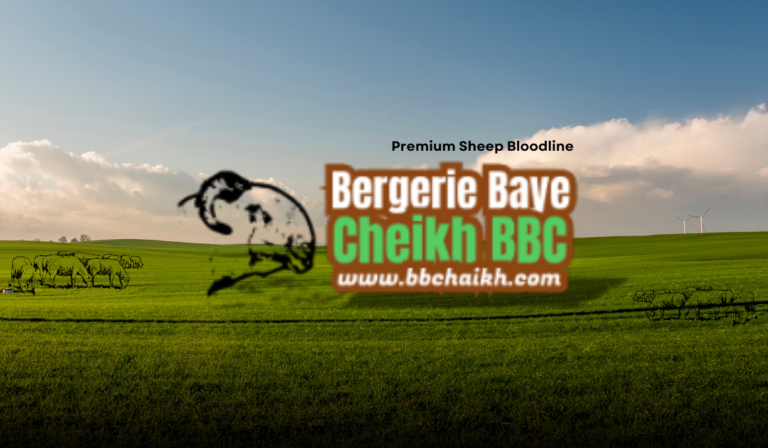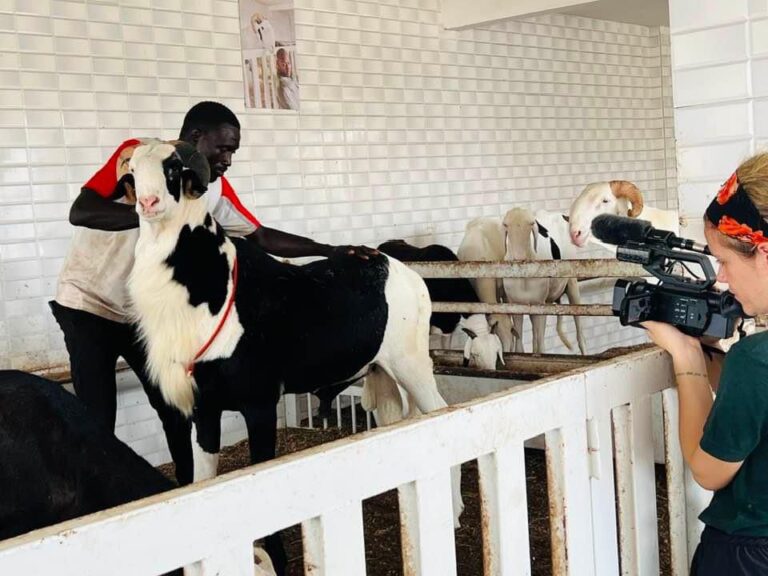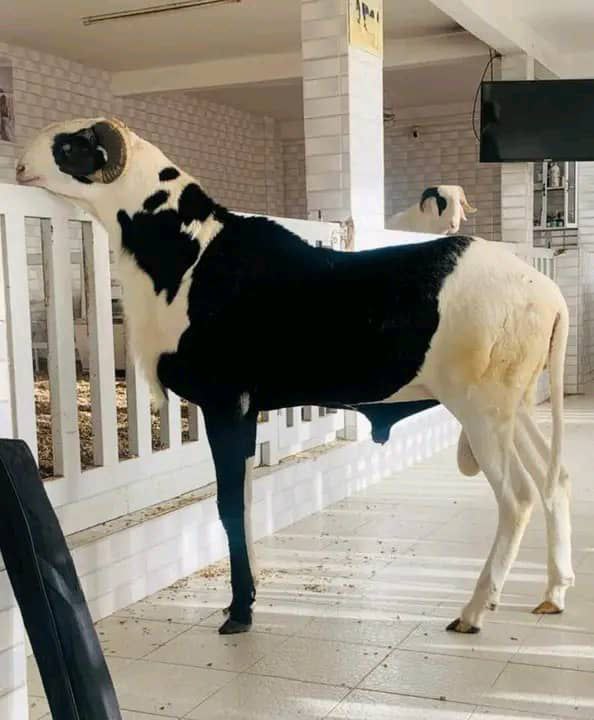When it comes to sheep farming, choosing the right breed can significantly impact profitability, resilience, and overall success. Among the many breeds available, the Ladoum sheep stands out as one of the most prestigious and valuable options. But what sets Ladoum sheep apart from other breeds? Here’s a detailed comparison to show why the Ladoum breed is worth the investment.
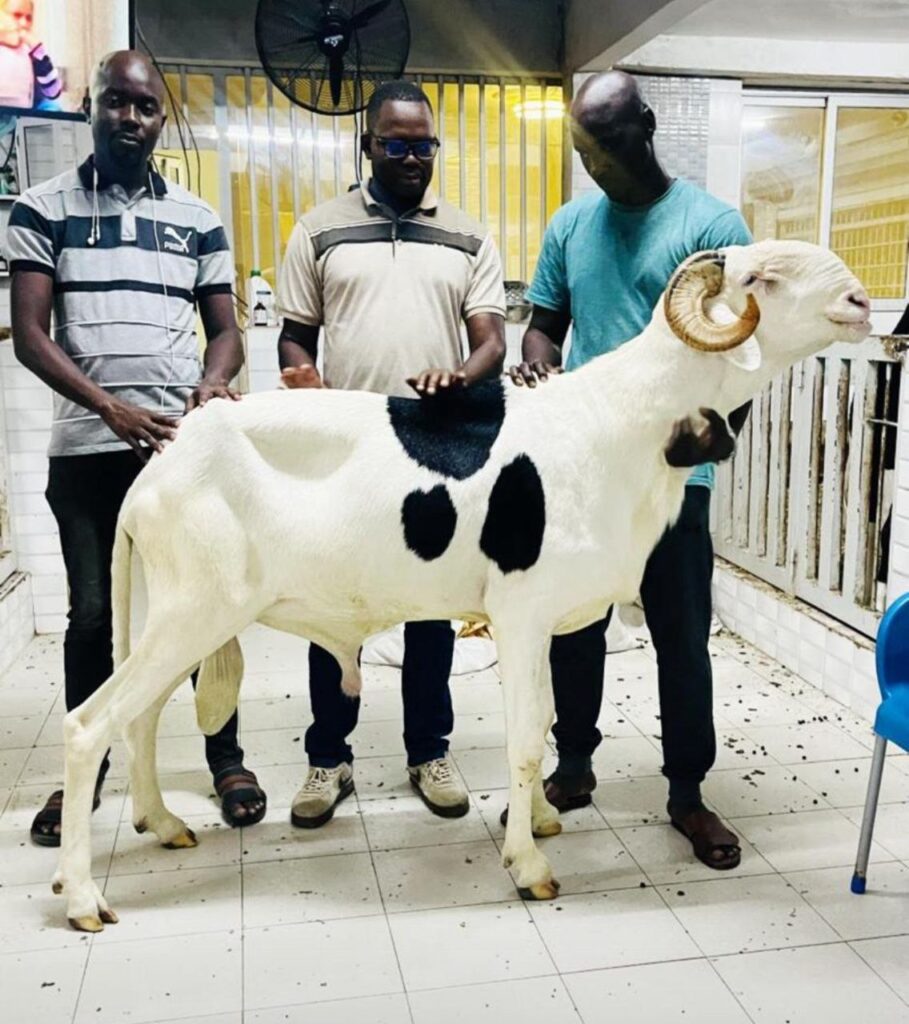
When it comes to livestock, few animals are as versatile, economically important, and deeply intertwined with human history as sheep. Over time, various sheep breeds have evolved or been developed for specific traits, from meat and milk production to wool quality and adaptability to diverse climates. One breed that has gained significant attention recently is the Ladoum sheep, often referred to as the “King of Sheep” in West Africa. Originating in Senegal, the Ladoum stands out among other sheep breeds for several compelling reasons.
1. Size and Majestic Appearance
One of the most striking features of the Ladoum sheep is its enormous size and imposing presence. Ladoum rams can grow up to 120 cm (almost 4 feet) at the shoulder, which makes them significantly taller than most other breeds. This breed boasts a large, muscular build, broad chests, and long legs, giving it an almost regal stature. The size of the Ladoum makes it highly prized, particularly in the Senegalese culture, where owning one is considered a status symbol.
In contrast, many other common breeds like the Merino, Dorset, or Suffolk are medium-sized, focusing more on wool or meat quality rather than size or physical appearance. While these breeds are known for their utility, they lack the striking physique of the Ladoum.
2. Unique Cultural and Economic Significance
While sheep like the Merino are globally known for their fine wool, and breeds such as Dorper or Katahdin are renowned for meat production, the Ladoum sheep carries deep cultural value, especially in West Africa. Ladoum sheep are often showcased during special celebrations and religious festivals such as Tabaski (Eid al-Adha) in Senegal. The breed’s rarity and impressive appearance make it highly sought-after, sometimes fetching thousands of dollars in markets.
Other breeds are typically bred for economic reasons—either for meat, wool, or milk. While Ladoum sheep are also used for meat, their primary value in the market is tied to their aesthetic appeal and symbolic status.
3. Hardiness and Adaptability
Ladoum sheep have developed exceptional resilience, thriving in the harsh climates of West Africa. They can withstand high temperatures and survive on relatively low-quality forage, which makes them well-suited to arid and semi-arid environments. This level of adaptability is vital in regions where water and pasture may be limited.
In contrast, many other sheep breeds, such as the Merino or Suffolk, are more sensitive to their environments. Merino sheep, for example, are renowned for their wool, but they thrive best in cooler climates with adequate rainfall to support lush grazing lands. These sheep would struggle in the dry, hot climates that the Ladoum easily endures.
4. Breeding and Rarity
The Ladoum sheep is the result of years of selective breeding, combining traits from the Touabire and Balami sheep. This careful process has resulted in a breed that is not only physically impressive but also genetically unique. Ladoum sheep breeders take immense pride in their flocks, often treating the animals as prized possessions. The limited availability of purebred Ladoum sheep has increased their rarity, further driving up their value.
On the other hand, globally recognized breeds such as the Merino or Suffolk are more widespread and easier to come by. While these breeds may also be the result of selective breeding, they don’t possess the same level of exclusivity as the Ladoum.
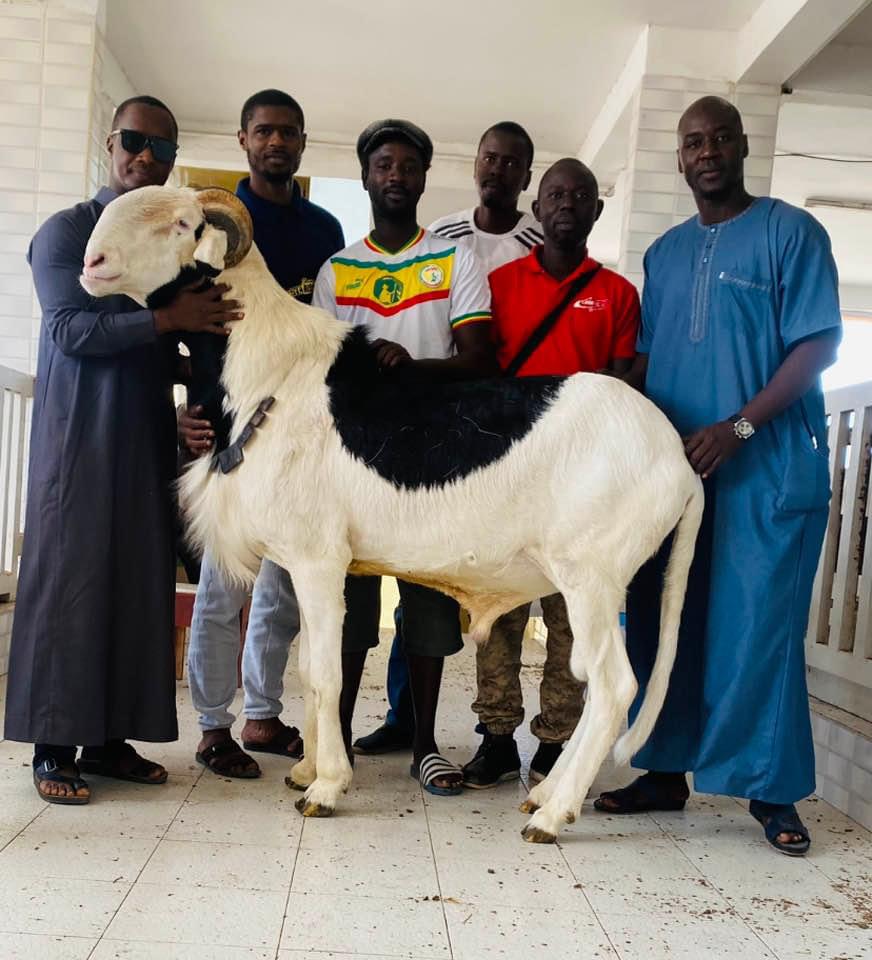
5. Aesthetic Appeal
Unlike many other breeds that are primarily bred for utility—whether it’s wool, milk, or meat—the Ladoum sheep is renowned for its aesthetic qualities. Its smooth coat, symmetrical horns, and elegant body structure make it a favorite in sheep beauty contests held in parts of Senegal. In these contests, judges focus on the symmetry of the animal, its size, and overall health. Few other breeds are valued primarily for their appearance in the same way.

